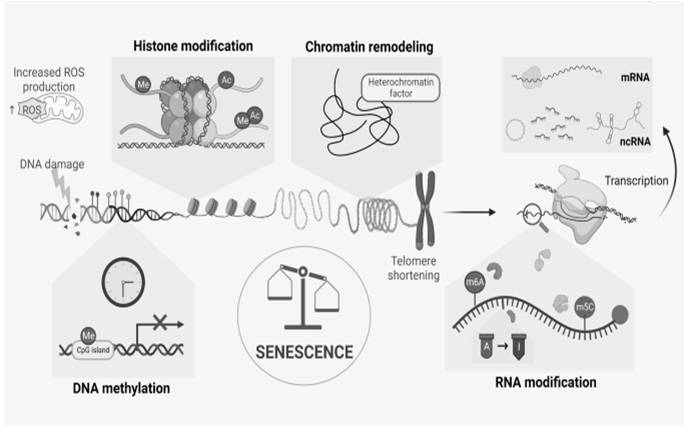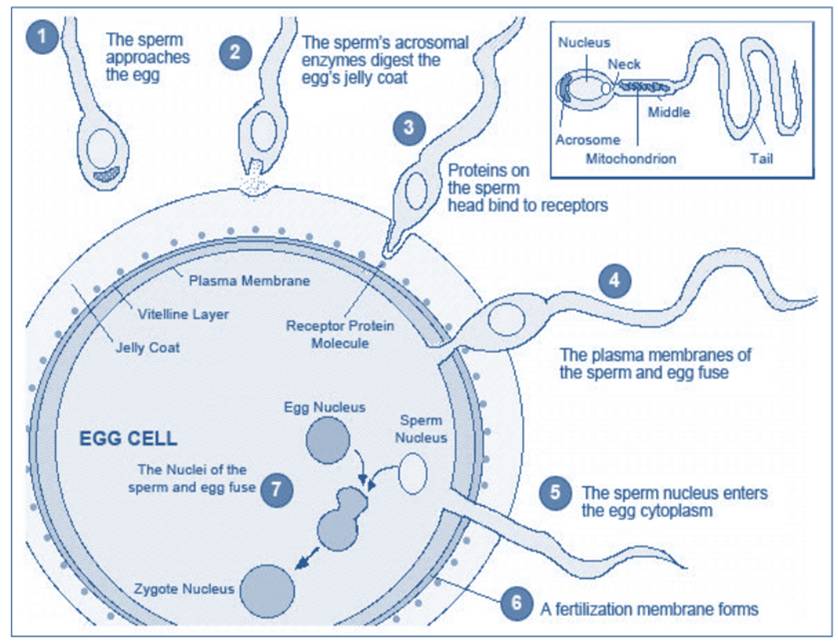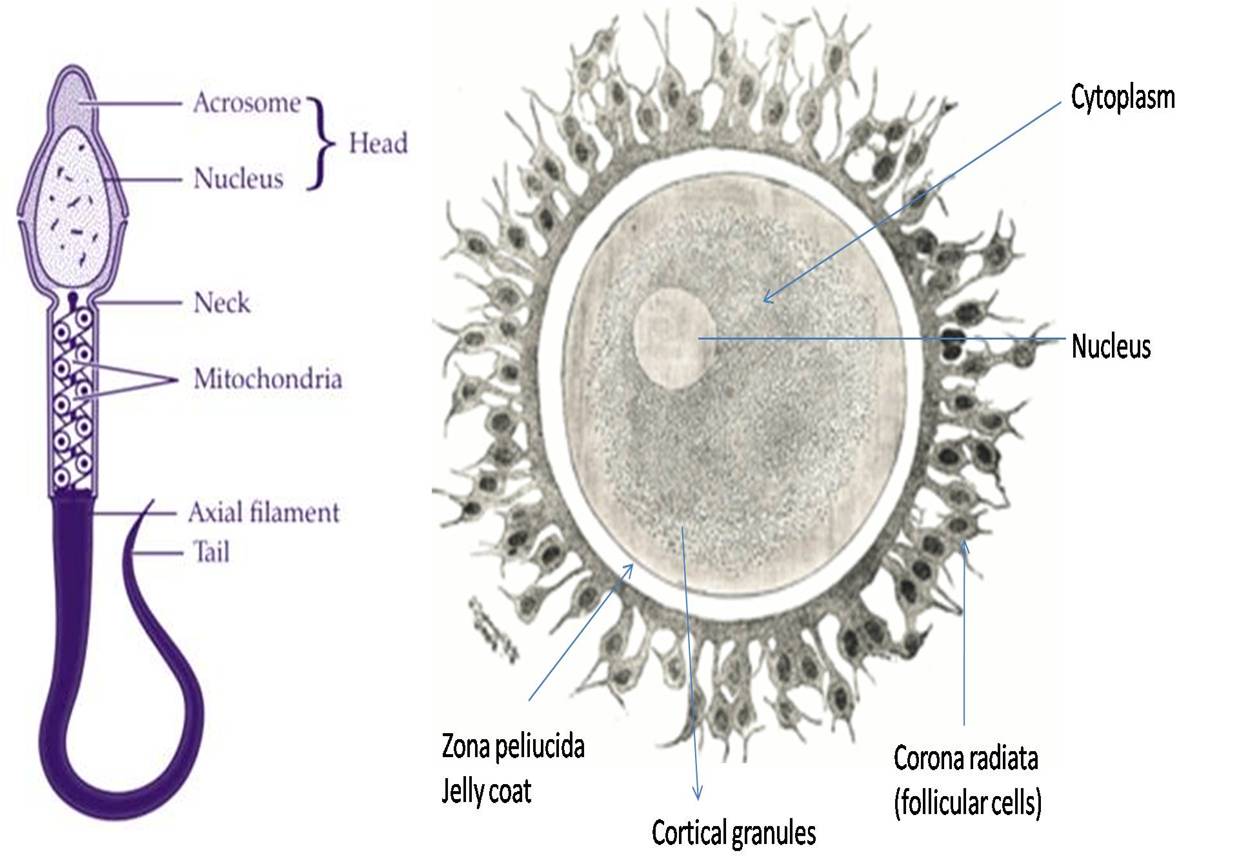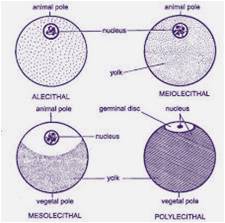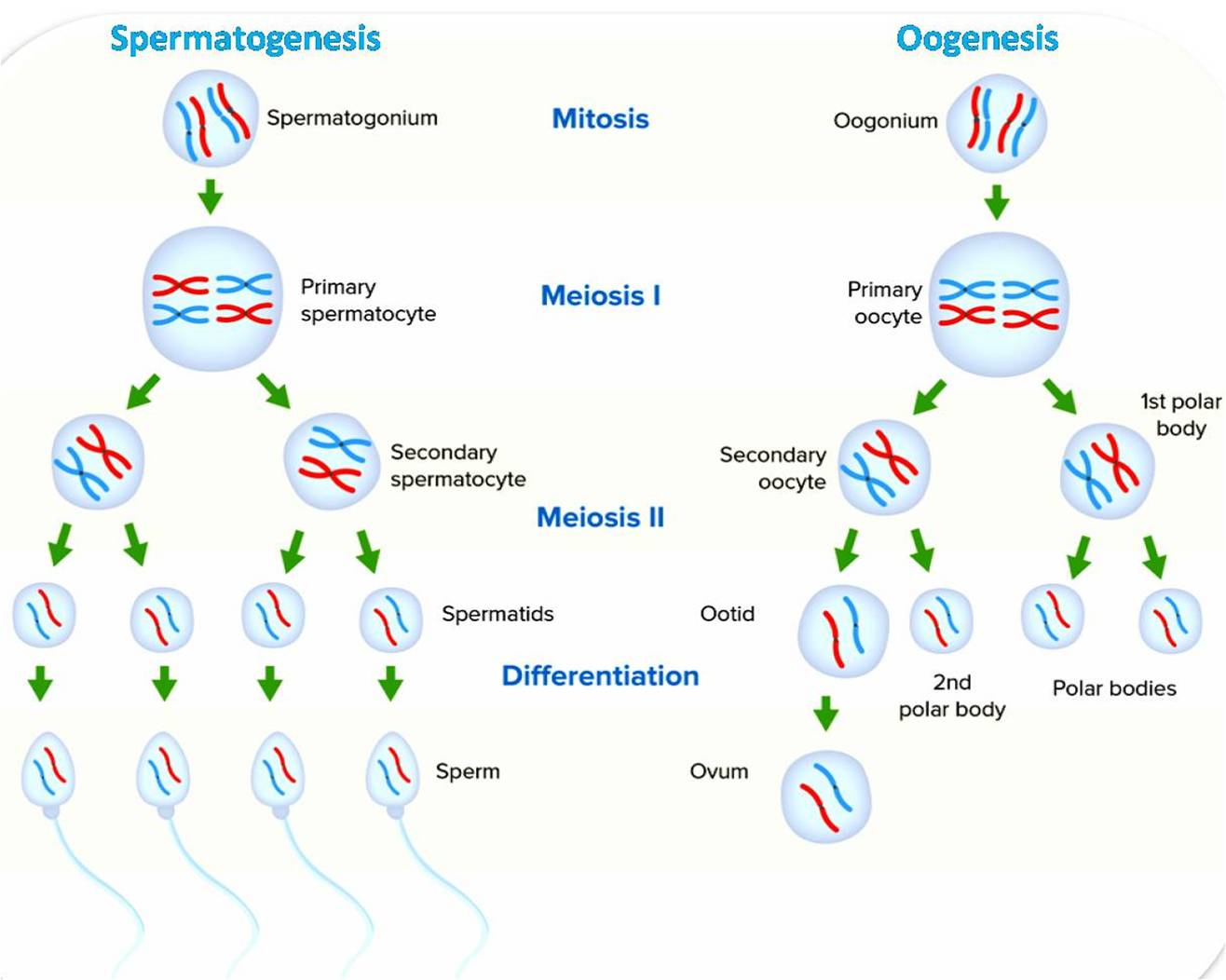Theories of Developmental Biology: Discoveries in developmental biology, a branch of research that explores how organisms grow and evolve, are fascinating. It reveals the complicated processes that give life, from a single cell to complex species, its form. In this article, we set out on a trip through the ideas of developmental biology, illuminating the mechanisms that control the overall structure of life. The study of how living things evolve from a fertilized egg to a fully developed organism is known as developmental biology, sometimes known as embryology. It is a field that reveals the mechanisms underlying how a single cell develops into a complex organism with specialized organs and tissues.
Theories of Developmental Biology:
There are many different theories of developmental biology, which attempt to explain how a fertilized egg develops into a complex organism. Some of the most important theories include:
Preformationism theory:
This theory, which was popular in the 17th and 18th centuries, held that the miniature organism was already present in the sperm or egg, and that development simply involved the unfolding of this preformed organism. Preformation theory, also known as preformism, is a historical theory of embryology that held that organisms develop from miniature versions of themselves. Instead of assembly from parts, preformationists believed that the form of living things exist, in real terms, prior to their development. It suggests that all organisms were created at the same time, and that succeeding generations grow from homunculi, or animalcules, that have existed since the beginning of creation, which is typically defined by religious beliefs.
There were two main types of preformation theory: ovism and spermism. Ovism held that the miniature organism was present in the egg, while spermism held that it was present in the sperm. Ovism was the more popular of the two theories, and it was supported by the observation that eggs are much larger than sperm and contain more cytoplasm. ‘Theories of Developmental Biology’
Preformation theory was popular for centuries, and it was supported by many famous scientists, including Marcello Malpighi, Nicolaas Hartsoeker, and Antoni van Leeuwenhoek. However, it began to lose favor in the 18th century as scientists began to make more detailed observations of embryonic development. One of the key pieces of evidence that disproved preformation theory was the observation that embryos do not develop gradually from a preformed miniature. Instead, they develop through a series of stages, with new structures appearing as development progresses. For example, the early embryo is a simple ball of cells, but it gradually develops into a more complex structure with different organs and tissues. ‘Theories of Developmental Biology’
Another piece of evidence that disproved preformation theory was the observation that identical twins can develop from a single egg. This is not possible if the miniature organism is already present in the egg.
Preformation theory was finally disproved in the 19th century by the work of scientists such as Karl Ernst von Baer and Heinrich Christian Pander. These scientists showed that embryos develop from a simple, undifferentiated state, and that development is influenced by environmental factors.
Preformation theory is no longer accepted by scientists, but it played an important role in the development of embryology. It helped to focus scientists’ attention on the early stages of development, and it led to many important discoveries about how embryos form. ‘Theories of Developmental Biology’
Epigenesis Theory:
This theory, which emerged in the 18th century, held that the organism developed gradually from an undifferentiated state, and that development was influenced by environmental factors. Epigenesis is a biological theory of development that states that organisms develop from a simple, undifferentiated state to a more complex state through a series of changes. This theory is in contrast to preformationism, which held that the organism was already present in the egg or sperm in miniature form. ‘Theories of Developmental Biology’
Epigenesis was first proposed by Aristotle in the 4th century BC, but it was not widely accepted until the 18th century. One of the key pieces of evidence that supported epigenesis was the observation that embryos do not develop gradually from a preformed miniature. Instead, they develop through a series of stages, with new structures appearing as development progresses.
Another piece of evidence that supported epigenesis was the observation that twins can develop from a single egg. This is not possible if the miniature organism is already present in the egg. ‘Theories of Developmental Biology’
Epigenesis is now the accepted theory of development. It is known that the developing embryo is influenced by both genetic and environmental factors. Genes provide the instructions for how the organism should develop, but the environment can also play a role in determining how these instructions are carried out.
For example, the diet of the mother during pregnancy can affect the development of the fetus. Exposure to certain chemicals or toxins can also affect development. ‘Theories of Developmental Biology’
Epigenetic changes are changes in the way that genes are expressed, without any changes to the DNA sequence itself. These changes can be caused by environmental factors, such as diet or exposure to toxins, or they can be passed down from parents to offspring.
Epigenetic changes can have a significant impact on development. For example, epigenetic changes have been linked to obesity, cancer, and other diseases. ‘Theories of Developmental Biology’
Epigenetics is a rapidly growing field of research, and scientists are still learning about how epigenetic changes affect development and health. For more information about epigenetics, you can refer to MedlinePlus Genetics and Psychology Today.
Some examples of epigenesis in action:
- Identical twins: Identical twins share the same DNA, but they can have different physical characteristics and health outcomes. This is because epigenetic changes can occur during development, even in identical twins. ‘Theories of Developmental Biology’
- Fetal alcohol syndrome: Fetal alcohol syndrome (FAS) is a group of birth defects that can occur when a pregnant woman drinks alcohol. FAS is caused by epigenetic changes to the DNA of the developing fetus.
- Cancer: Cancer can be caused by epigenetic changes to genes that control cell growth and division.
Epigenetic changes can be passed down from parents to offspring. This means that our environment and lifestyle choices can have a long-term impact on our health and the health of our children.
Germplasm theory:
This theory, which was proposed by August Weismann in the 19th century, held that the germplasm, or germ cells, are distinct from the somatic cells, and that the germplasm is responsible for passing on hereditary information from generation to generation. ‘Theories of Developmental Biology’
The germplasm theory is a biological theory that states that the hereditary information of an organism is contained in a specialized substance called the germplasm. The germplasm is distinct from the somatic cells, which are the cells that make up the body of the organism. The germplasm is passed on from generation to generation through the gametes, or sex cells. ‘Theories of Developmental Biology’
The germplasm theory was proposed by the German biologist August Weismann in the 19th century. Weismann was interested in understanding how heredity works, and he wanted to explain how acquired characteristics, such as changes in the body caused by the environment, are not passed on to offspring.
Weismann argued that the germplasm is isolated from the somatic cells, and that changes in the somatic cells cannot be passed on to the germplasm. This means that acquired characteristics cannot be inherited.
Weismann’s theory was controversial at the time, but it is now widely accepted. The germplasm theory has been supported by a wealth of experimental evidence, including the observation that identical twins have the same physical characteristics and health outcomes, even though they may have different life experiences.
The germplasm theory has important implications for our understanding of evolution. It means that evolution is driven by changes in the germplasm, and that these changes can be caused by mutations or natural selection.
Some examples of the germplasm theory in action:
- Identical twins: Identical twins share the same germplasm, which is why they have the same physical characteristics and health outcomes. ‘Theories of Developmental Biology’
- Inherited diseases: Some diseases, such as cystic fibrosis and sickle cell anemia, are caused by mutations in the germplasm. These mutations can be passed on from parents to offspring.
- Natural selection: Natural selection can act on the germplasm to favor certain traits over others. For example, natural selection has favored traits that help organisms to survive and reproduce.
The germplasm theory is a fundamental concept in biology, and it has helped us to understand how heredity and evolution work. ‘Theories of Developmental Biology’
Recapitulation theory of developmental biology:
This theory, which was proposed by Ernst Haeckel in the 19th century, held that ontogeny recapitulates phylogeny, meaning that the development of an individual organism mirrors the evolutionary history of its species. ‘Theories of Developmental Biology’
Mosaic theory:
This theory, which was proposed by Wilhelm Roux in the 19th century, held that the fertilized egg is divided into a series of predetermined regions, each of which will give rise to a specific part of the organism.
Regulative theory:
This theory, which was proposed by Hans Driesch in the 19th century, held that the fertilized egg is not predetermined, and that it can develop into a normal organism even if parts of it are removed.
Gradient theory:
This theory, which was proposed by Alan Turing in the 1950s, proposes that the distribution of morphogens, or signaling molecules, in the developing embryo can be used to explain how different cell types and structures are formed. ‘Theories of Developmental Biology’
Organizer theory:
This theory, which was proposed by Hans Spemann in the early 20th century, proposes that certain regions of the developing embryo, known as organizers, play a key role in directing the development of other regions of the embryo. ‘Theories of Developmental Biology’
While some of these theories have been superseded by more recent research, they all played important roles in the development of our understanding of embryology and developmental biology.
In recent years, there has been a growing emphasis on understanding the role of genes in development. One important discovery has been that many genes are differentially expressed in different parts of the developing embryo. This differential gene expression is thought to play a key role in determining the fates of different cells and tissues.
Another important area of research is the study of cell-cell signaling. This type of signaling is essential for coordinating the development of different parts of the embryo. Researchers are currently working to identify and characterize the different signaling molecules that are involved in development.
The field of developmental biology is constantly evolving, and new discoveries are being made all the time. However, the basic principles of development, such as the role of genes and cell-cell signaling, are now well established.



